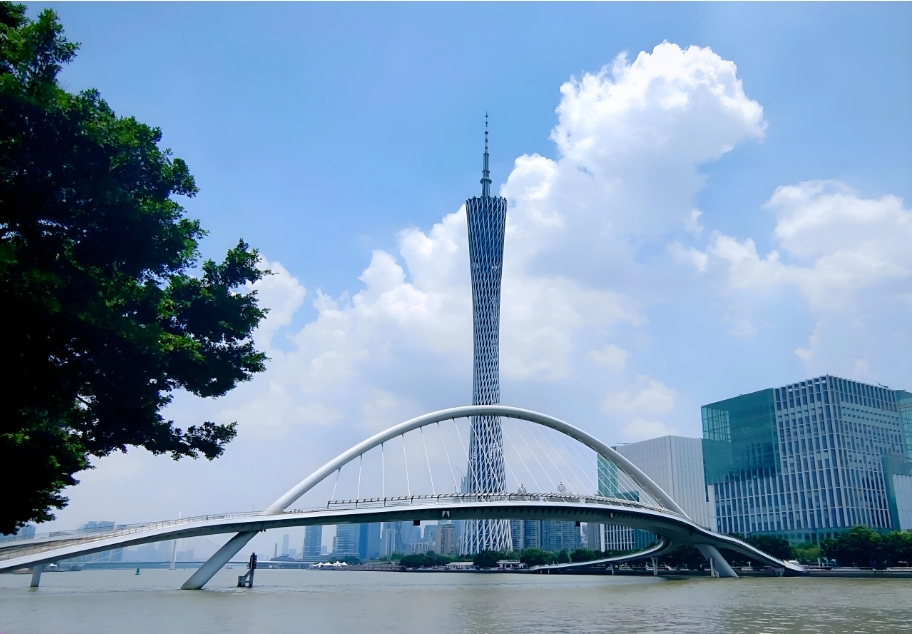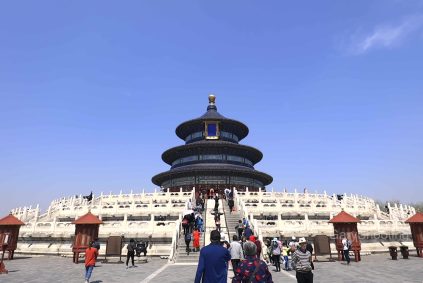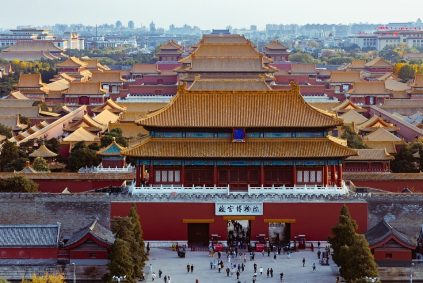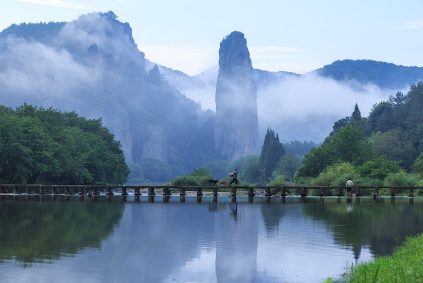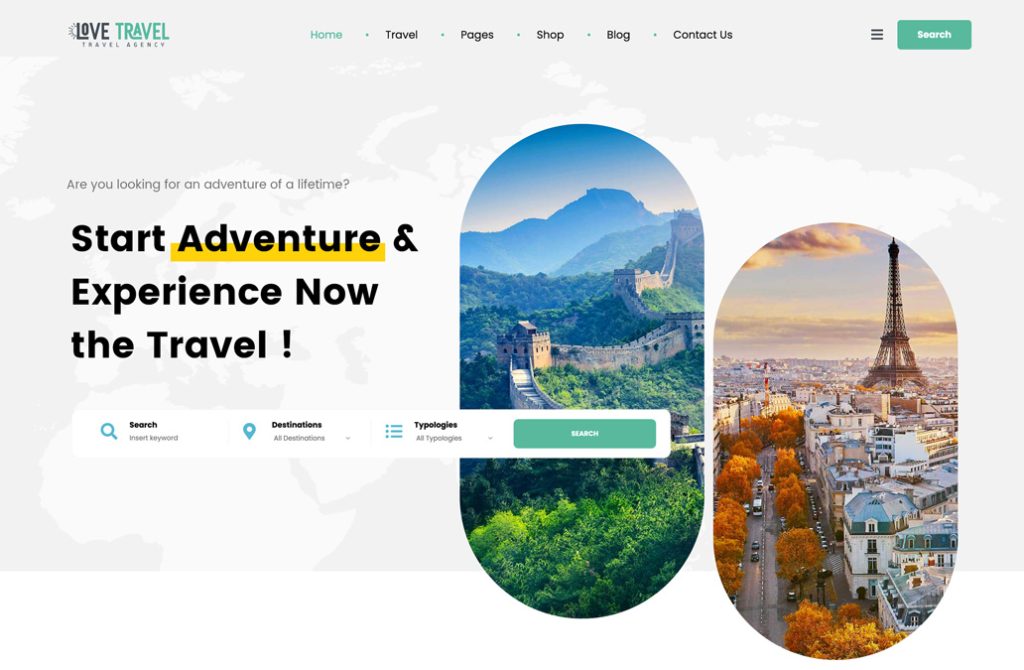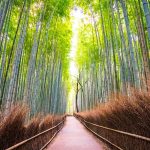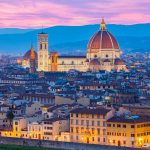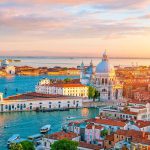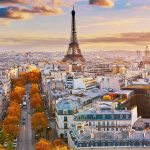Exploring Guangzhou’s Art Scene: A Curated Guide to Must-Visit Exhibition Venues
広州, a city where ancient traditions meet contemporary innovation, boasts a thriving art landscape that appeals to enthusiasts of all interests. From avant-garde galleries to historic institutions, these venues showcase diverse mediums, thought-provoking themes, and cross-cultural dialogues. Whether you’re drawn to experimental installations, classical paintings, or community-driven projects, here’s how to navigate Guangzhou’s most compelling art spaces.
Guangdong Museum of Art: A Hub for Modern and Contemporary Chinese Art
Permanent Collections Highlighting Regional Narratives
The Guangdong Museum of Art is renowned for its extensive collection of 20th- and 21st-century Chinese art, with a focus on works from Guangdong Province and the Lingnan region. The galleries feature oil paintings, ink wash art, and sculptures that explore themes like urbanization, cultural identity, and social change. Don’t miss the “Lingnan School” section, which celebrates the bold, colorful style that emerged in the late 19th century as a fusion of Chinese and Western techniques.Rotating Exhibitions by Emerging and Established Artists
The museum’s temporary exhibits often tackle global issues through a local lens. Recent shows have included immersive multimedia installations addressing climate migration, digital art examining the impact of AI on creativity, and photography series documenting grassroots activism in rural China. Check the schedule for artist talks and panel discussions, which frequently feature curators and scholars from international institutions.Educational Programs and Family-Friendly Activities
Workshops for all ages are a staple here, ranging from traditional calligraphy classes to experimental printmaking sessions using recycled materials. The museum’s “Art for All” initiative offers free guided tours in multiple languages, including Cantonese and Mandarin, while weekend family programs invite kids to create their own art inspired by current exhibitions. The outdoor sculpture garden provides a serene space to reflect on the interplay between nature and human-made forms.
レッドトリー アート アンド デザイン ファクトリー: A Creative Enclave in an Industrial Setting
Repurposed Factory Spaces Hosting Cutting-Edge Exhibits
Once a 1950s canning factory, Redtory has been transformed into a dynamic arts district where artists and designers occupy renovated warehouses. The venue’s raw, industrial aesthetic contrasts with the vibrant, often experimental work displayed inside. Wander through corridors lined with graffiti murals, then step into galleries showcasing everything from large-scale installations made of recycled electronics to intimate video art exploring personal histories.Collaborative Projects and Cross-Disciplinary Events
Redtory thrives on collaboration, often hosting joint exhibits between visual artists, musicians, and performers. Look for events like “Sound and Vision,” where electronic composers create scores for live dance pieces, or “Art x Tech” hackathons challenging participants to build interactive sculptures using open-source software. The complex also includes co-working spaces where creatives from fields like fashion and architecture share ideas, fostering unexpected partnerships.Cafes and Bookstores Fostering Community Engagement
The venue’s laid-back atmosphere is enhanced by cafes serving locally roasted coffee and bookstores specializing in art theory and independent zines. Many of these spots double as informal exhibit spaces, displaying works by up-and-coming photographers or hosting poetry readings. The central courtyard, lined with bamboo and adorned with mosaic art, is a popular gathering spot for impromptu conversations about art and activism.
Guangzhou Contemporary Art Museum (CAFM): A Platform for Global Dialogues
Architecturally Bold Space Designed to Inspire Interaction
Located in the Zhujiang New Town cultural district, CAFM’s striking design features a floating staircase, cantilevered galleries, and a glass atrium that floods the interior with natural light. The museum’s layout encourages visitors to wander freely between floors, creating unexpected connections between exhibits. The rooftop terrace offers panoramic views of the city skyline, making it a favorite spot for artists to sketch or photographers to capture sunset hues.International Exhibitions Tackling Pressing Social Issues
CAFM prioritizes shows that challenge conventions and spark debate. Recent highlights include a retrospective on feminist art from Southeast Asia, an exhibit exploring the ethics of AI through robotic installations, and a group show by Indigenous artists from Australia and Taiwan addressing land rights and cultural preservation. The museum’s “Open Call” program also gives emerging artists from Guangzhou a platform to present their work alongside global peers.Public Art Initiatives and Urban Interventions
Beyond its walls, CAFM organizes projects that bring art into public spaces. These have included temporary murals on metro station walls, pop-up installations in parks, and augmented reality trails that overlay digital art onto historic neighborhoods. The museum’s “Art in Transit” series partners with local bus companies to transform vehicle interiors into moving galleries, reaching audiences who might not otherwise visit traditional venues.
53 Art Museum: A Private Collection Redefining Cultural Boundaries
Eclectic Mix of Traditional and Avant-Garde Works
Unlike many private museums, 53 Art Museum doesn’t adhere to a single theme or era. Its galleries juxtapose ancient Buddhist sculptures with neon-lit video installations, Ming Dynasty porcelain with abstract expressionist paintings. This eclecticism reflects the collector’s belief that art should transcend categories, inviting viewers to draw their own connections between seemingly disparate pieces. Keep an eye out for rotating exhibits curated by guest artists or scholars.Intimate Setting Encouraging Deep Engagement
With fewer than a dozen rooms, the museum’s small scale allows for a leisurely, unhurried visit. Each work is displayed with ample space and contextual information, often including letters or sketches from the artists themselves. The museum’s library, open to researchers by appointment, houses rare art catalogs and archives related to the collection. Docents are available for private tours, offering insights into the provenance and significance of key pieces.Cultural Events Bridging East and West
53 Art Museum frequently hosts salons and symposiums that explore the intersection of Chinese and international art histories. These events might feature a Japanese ceramist discussing the influence of Song Dynasty pottery on their work, or a European curator analyzing parallels between Dadaism and China’s 1980s avant-garde movement. The museum’s courtyard garden, designed in the style of a classical Suzhou landscape, provides a tranquil backdrop for post-event discussions over tea.
Guangzhou’s art venues are as diverse as the city itself, offering endless opportunities to engage with creativity in its many forms. By exploring these spaces, you’ll gain insight into both local traditions and global trends, all while supporting a vibrant community of artists pushing boundaries every day. Check opening hours in advance, as some venues close on Mondays or host private events, and consider downloading audio guides or exhibition apps to enhance your experience.

